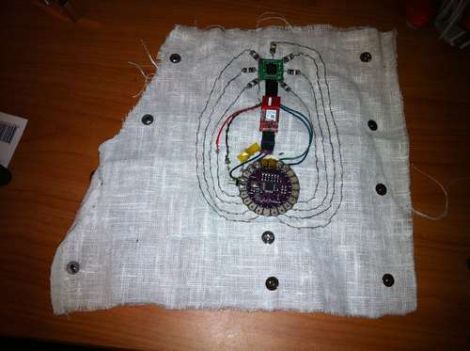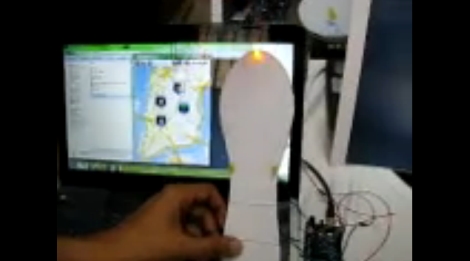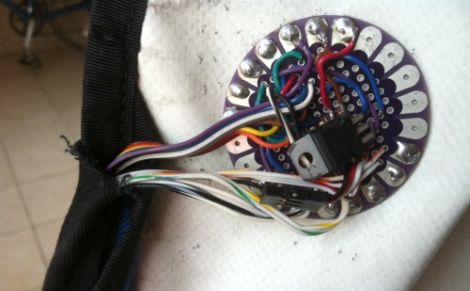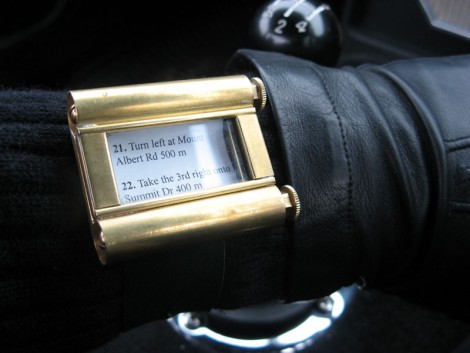
While some people can rely solely on memory and landmarks to find their way home, others need a bit more help. Consider Instructables user [_macke_] for instance.
Like other screenless GPS navigation devices we have seen, his “Find Home Detector” uses a GPS module to obtain his location, guiding the way home via a set of alternate indicators. In this case, he uses LEDs which are laid out like a compass rose. When [_macke_] is aimed toward his destination, the LED nearest to his fingertips lights up, letting him know he is on the right path. As he turns away from home, the other LEDs light, indicating the direction in which he should turn.
His forearm-mounted GPS navigator uses a LilyPad Arduino to control the system, much like others we have seen. It is connected to a GPS sensor and a compass module that work in concert to guide him home. The compass is responsible obtaining his heading information, and while it might look as if the LEDs that surround the module are pointing North, they are in fact indicating the heading of his destination instead.
It’s a cool little creation, and we can imagine it would be quite helpful if you happen to be walking home after a long night of drinking.
Be sure to check out the video below for a quick demonstration.
Continue reading “Forearm-mounted GPS Uses LEDs To Light The Way Home”















